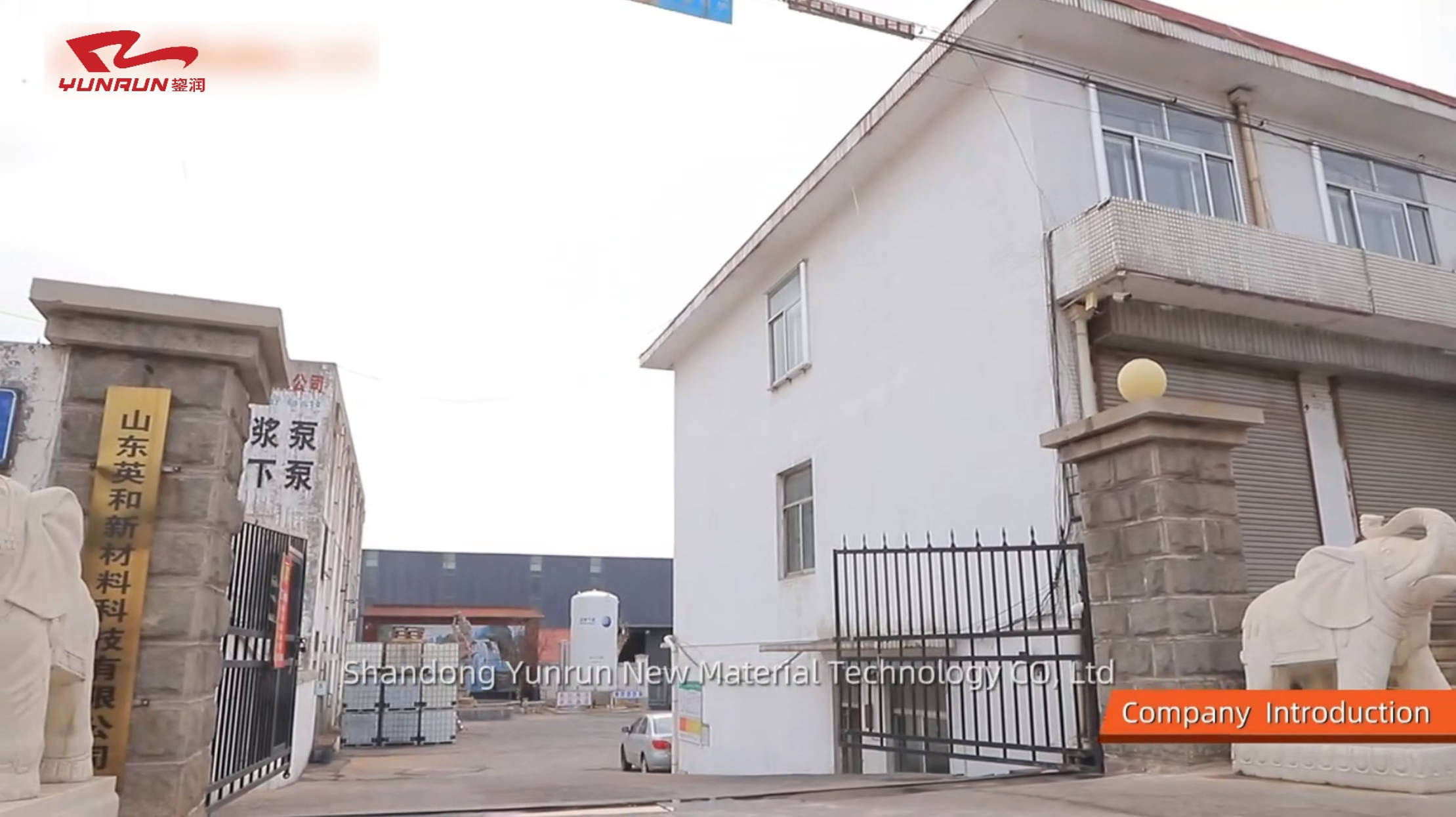The Essential Role of PU55 in Modern Auto Glass Replacement Techniques
The Essential Role of PU55 in Modern Auto Glass Replacement Techniques
Table of Contents
1. Introduction to Auto Glass Replacement and PU55
2. Understanding PU55 Polyurethane Adhesive
3. Benefits of Using PU55 in Auto Glass Replacement
4. Application Techniques for PU55 in Auto Glass Replacement
5. Comparative Analysis: PU55 vs. Other Adhesives
6. Safety Considerations in
Jul 27,2025
The Essential Role of PU55 in Modern Auto Glass Replacement Techniques
Table of Contents
- 1. Introduction to Auto Glass Replacement and PU55
- 2. Understanding PU55 Polyurethane Adhesive
- 3. Benefits of Using PU55 in Auto Glass Replacement
- 4. Application Techniques for PU55 in Auto Glass Replacement
- 5. Comparative Analysis: PU55 vs. Other Adhesives
- 6. Safety Considerations in Using PU55
- 7. Future Trends in Auto Glass Replacement with PU55
- 8. FAQs about PU55 Polyurethane Adhesive in Auto Glass Replacement
- 9. Conclusion
1. Introduction to Auto Glass Replacement and PU55
In the automotive industry, the integrity of auto glass is paramount. The replacement of windshields and other glass components is a critical process that requires high-quality materials to ensure safety and durability. PU55 has emerged as an essential polyurethane adhesive specifically designed for this application. It offers advanced bonding capabilities that cater to the demanding needs of modern vehicles, ensuring that auto glass remains firmly in place under various conditions.
2. Understanding PU55 Polyurethane Adhesive
PU55 is a high-performance adhesive known for its exceptional bonding strength and flexibility. Unlike traditional adhesives, PU55 is formulated to withstand extreme temperatures, moisture, and vibrations, making it ideal for automotive applications. This polyurethane adhesive creates a strong chemical bond, which is crucial for maintaining the structural integrity of auto glass.
Key Properties of PU55
- **High Viscosity**: Ensures that the adhesive stays in place during application.
- **Fast Curing Time**: Allows for quicker repairs, reducing downtime for vehicles.
- **Excellent Weather Resistance**: Protects against environmental factors that can weaken bonds over time.
- **Impact Resistance**: Provides durability against shocks and impacts, essential for maintaining vehicle safety during sudden stops or accidents.
3. Benefits of Using PU55 in Auto Glass Replacement
The use of PU55 in auto glass replacement offers numerous advantages that set it apart from other adhesive options.
Exceptional Bond Strength
PU55's strong adhesive properties ensure that auto glass remains securely attached to the vehicle body, essential for safety and performance.
Flexibility and Adaptability
The flexibility of PU55 allows for the natural expansion and contraction of materials due to temperature changes, preventing cracks and failures in the adhesive bond.
Rapid Curing and Efficiency
With its fast curing time, PU55 enables technicians to complete repairs faster, allowing vehicles to be back on the road in no time.
Improved Safety Standards
Using PU55 meets and often exceeds safety standards set by automotive regulatory bodies, providing peace of mind to both technicians and vehicle owners.
4. Application Techniques for PU55 in Auto Glass Replacement
Applying PU55 effectively requires precision and adherence to best practices to maximize its benefits.
Surface Preparation
Before applying PU55, it’s crucial to thoroughly clean and prepare the surfaces. Any dirt, oil, or old adhesive residue can compromise the bond. Technicians should use appropriate solvents and tools for this purpose.
Application Process
- **Step 1**: Apply the PU55 adhesive evenly along the edges of the glass.
- **Step 2**: Position the glass carefully into place, ensuring proper alignment.
- **Step 3**: Apply appropriate pressure to secure the bond while allowing for curing time as recommended by the manufacturer.
5. Comparative Analysis: PU55 vs. Other Adhesives
When comparing PU55 to other common adhesive types—like silicone or epoxy—its unique advantages become apparent.
PU55 vs. Silicone Adhesives
Silicone adhesives are often less expensive but do not offer the same level of bonding strength or durability as PU55. PU55's ability to withstand harsh environmental conditions makes it a superior choice for auto glass applications.
PU55 vs. Epoxy Adhesives
While epoxy adhesives provide strong bonds, they often require longer curing times and can be less flexible, resulting in potential failures over time. PU55's quick cure and flexibility give it a notable edge in auto glass replacement.
6. Safety Considerations in Using PU55
Safety is a top priority in any automotive repair process. When working with PU55, technicians should adhere to specific safety protocols to minimize risks.
Protective Equipment
It is essential for technicians to wear appropriate personal protective equipment (PPE), including gloves, goggles, and respiratory masks, to avoid direct contact with the adhesive and inhalation of fumes.
Ventilation
Working in a well-ventilated area is crucial when using PU55 to ensure that any potentially harmful vapors dissipate quickly, reducing the risk of respiratory irritation.
7. Future Trends in Auto Glass Replacement with PU55
As technology continues to evolve, so too does the landscape of auto glass replacement. Innovations in adhesive technologies are paving the way for enhanced efficiency and safety.
The Role of Automation
The integration of automated systems in glass replacement processes will likely improve application consistency and reduce human error, further enhancing the reliability of PU55.
Sustainable Practices
With a growing emphasis on sustainability, manufacturers are exploring eco-friendly formulations of PU55 that reduce environmental impact while maintaining performance.
8. FAQs about PU55 Polyurethane Adhesive in Auto Glass Replacement
1. What is PU55 made of?
PU55 is a polyurethane adhesive composed of isocyanates and polyols, specifically formulated for automotive applications.
2. Can PU55 be used in cold weather?
While PU55 performs best at standard temperatures, it can still be applied in colder conditions, though curing times may be affected.
3. How long does it take for PU55 to cure?
Curing times can vary based on environmental conditions, but PU55 typically cures within a few hours, allowing for rapid repairs.
4. Is PU55 safe for all types of vehicles?
Yes, PU55 is suitable for various vehicle types, from passenger cars to heavy-duty trucks. Its strong adhesive properties make it versatile across different automotive applications.
5. How do I clean excess PU55 after application?
Excess PU55 can be cleaned using appropriate solvents before it cures. Once cured, it is more challenging to remove and may require mechanical means.
9. Conclusion
In the realm of auto glass replacement, PU55 stands out as a pivotal adhesive that enhances safety, durability, and operational efficiency. Its unique properties make it an indispensable tool for technicians dedicated to providing high-quality repairs. As the automotive landscape continues to evolve, so will the applications of PU55, ensuring it remains at the forefront of modern auto glass replacement techniques. Embracing this advanced adhesive not only supports the structural integrity of vehicles but also reinforces the commitment to safety and performance in the automotive industry.
PREVIOUS:
Others




